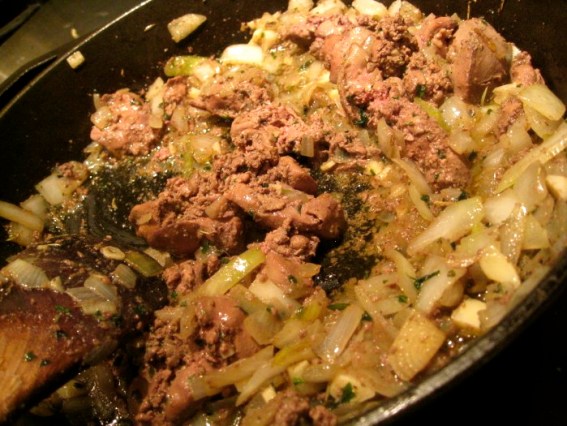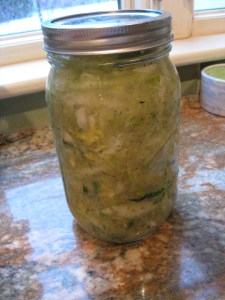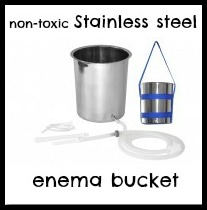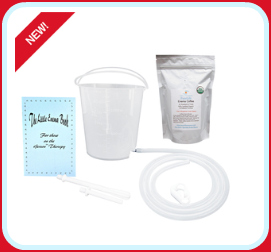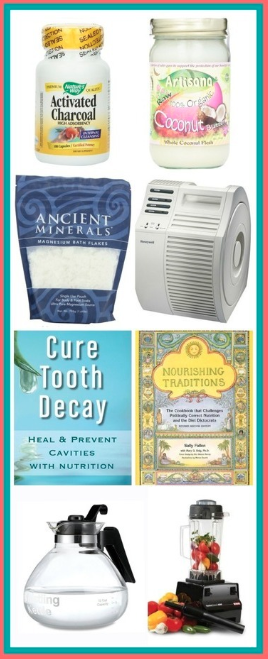Hello! Ready to cook?
The story of the soup…
My older sister just came home from college and she got the shock of being back at home and eating healthy food again. College food is so different from traditional food and it can totally mess up your body! Next year she is living in an apartment so I am going to teach her how to cook for herself, using all whole foods. She is a little nervous, but it is better she learns now 🙂
The GAPS diet for a college student!
Not only that but my mom and I are putting her on the GAPS diet. Right now we are slowly transitioning her. The past few days she has had no wheat, very little sugar, switched to raw milk, drinking bone broth, probiotic, fish oil, magnesium oil, a few bits of ferments (though she craves kimchi!!), and increasing veggies.
Teach and learn
Last night I taught her how to make soup, but by the time we finished she was feeling pretty anxious…I guess she is getting die off. She is doing her own blog about her personal journey http://mysummerdetox.wordpress.com/ My mom and I are playing dr. and she is the patient. She suffers from acne and cramps, so hopefully GAPS will clear some of it up, if not all of it. So here is the recipe we made together..
INGREDIENTS:
1/2 big head or 1 small head of cauliflower
7 carrots
2 onions
1 garlic clove
1/2 cup butter/ghee
8 cups of chicken broth
2 cups chicken shreds
1 tsp sea salt
(optional) grated raw cheese
(optional) few TBS raw milk or coconut milk or water
STEPS:
1. Roughly chop onions and garlic (remember you are blending it)
2. Sauté onions and garlic with salt and butter in big pot until translucent.
3. Wash and chop cauliflower and carrots (rough chop).
4. Add veggies and broth to pot and let it come to a boil
5. Once it boils for a few minutes, turn down to simmer until the veggies are soft. Not too hard but not over cooked (about 20 min)
6. Add the chicken shreds and let the soup cool down a little so you don’t burn yourself when scooping it in the blender. I use this one.
7. Scoop the soup into the blender, we had to do it in a few batches.
8. Blend until smooth (this is the time to add the raw milk and shredded cheese to give it extra creaminess).
9. Pour into bowls hot and top with extra a cheese if you want
10. Eat..yumm…and store the rest in ball jars in you fridge for later.
~Stay Gutsy, Caroline










